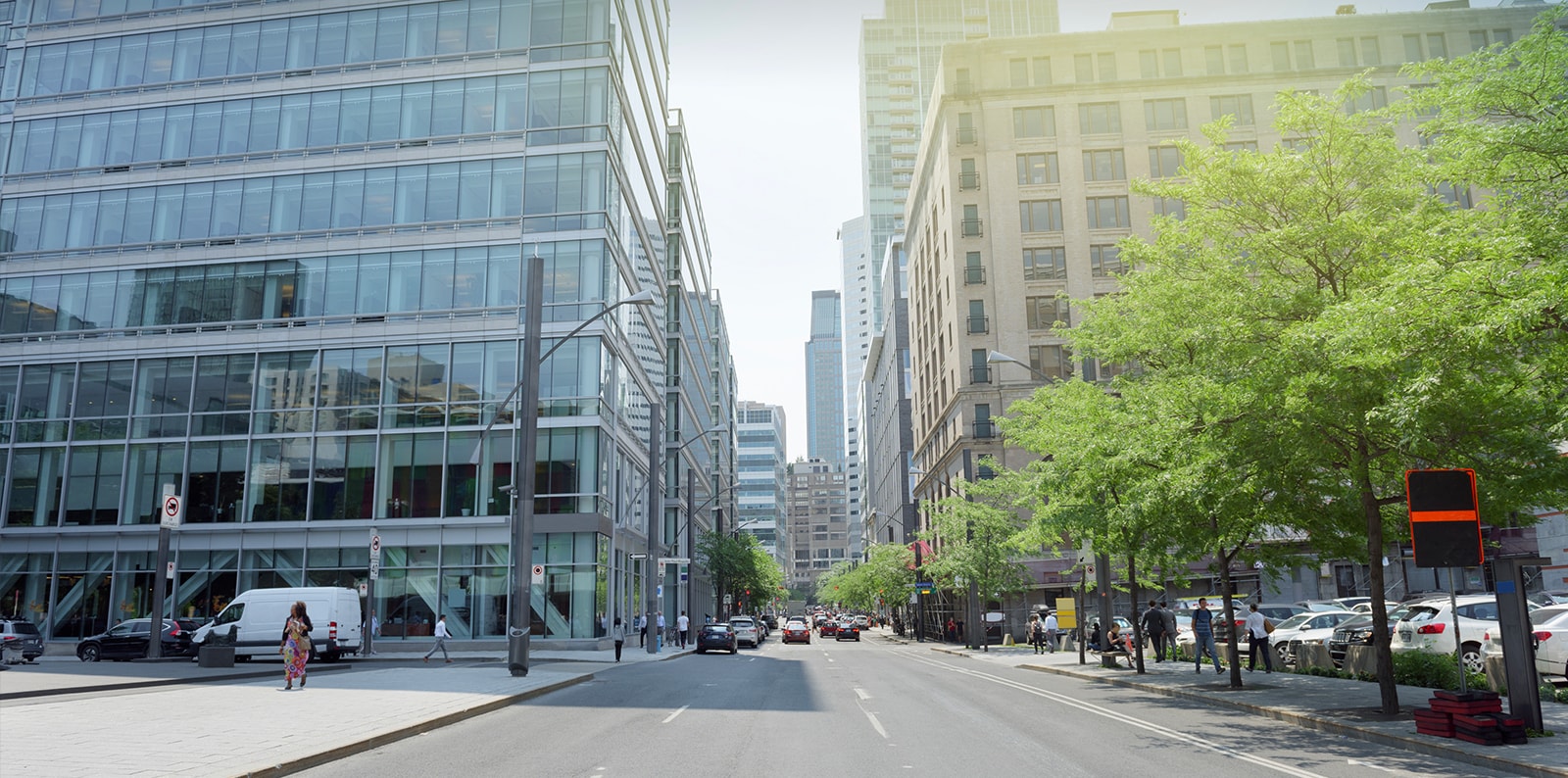Recent economic landscape is presenting a mixed bag of challenges and opportunities, across the Quebec market. The Bank of Canada’s decision to elevate the policy-setting interest rate to its highest in 22 years, in a bid to curb inflation, has led to a significant contraction in investment across the building construction sector.
This has been most acutely felt in residential investments, which have seen a precipitous decline, overshadowing modest gains in the non-residential segment. Notably, Quebec experienced a notable 22.9% reduction in building construction investment, positioning it as one of the provinces most impacted by these economic headwinds.
The backdrop of this investment contraction is the broader trend of labor retention in the construction industry. Despite the downturn, employment in construction has paradoxically increased, hinting at a strategy among firms to ‘hoard’ skilled labor in anticipation of a market rebound. This dynamic is intriguing, as it suggests a cautious optimism among businesses about the future, even as they navigate current adversities.
Simultaneously, the rental market in Canada, including Quebec, is under unprecedented strain. The national vacancy rate has plummeted to record lows, with rent prices surging as a result. This tightening of the rental market is largely attributed to a failure in supply to keep pace with burgeoning demand, fueled by demographic shifts and the continuous influx of immigrants.
The situation is exacerbated by the high-interest-rate environment, which has made home ownership less attainable for many, pushing them towards rental options. In Quebec, like in other provinces, this scenario presents a unique set of challenges and opportunities for commercial real estate investors and professionals.
From a commercial real estate perspective, these developments have several implications. The contraction in building construction investment signals a cautious market, potentially leading to a scarcity in high-quality commercial spaces. This could drive up demand and, consequently, rental prices for existing properties, offering lucrative opportunities for investors. On the flip side, the labor retention strategy, despite declining investments, indicates a resilient industry that is preparing for a recovery, which could stabilize the market in the medium to long term.
The record-low vacancy rates and escalating rents in the residential sector also have a spillover effect on commercial real estate. As more individuals and businesses find home ownership out of reach, the demand for rental spaces, including commercial and retail, could see an uptick. However, this increased demand against a backdrop of limited supply could further strain the market, leading to higher costs and potential affordability issues.
The current climate necessitates strategic investment decisions, with a focus on identifying properties that offer value and growth potential amidst the market’s fluctuations. Additionally, there’s a need for advocacy for policies that could alleviate some of these pressures, such as encouraging the development of more rental properties to ease the supply-demand imbalance.
The potential easing of monetary policy, as inflationary pressures cool, could provide some respite and possibly reinvigorate investment in the sector. However, the persistent supply challenges in the rental market underscore the urgent need for innovative solutions to meet the growing demand.
In conclusion, the commercial real estate market in Quebec is confronting a period of significant transformation, shaped by macroeconomic policies, labor market dynamics, and shifting demographic patterns. The key to success lies in adaptive strategies that not only mitigate risks but also capitalize on the emerging opportunities within this evolving landscape.
How do you see these developments influencing your investment strategies or professional practices in the Quebec commercial real estate market? Share your insights and let’s delve deeper into the conversation.


